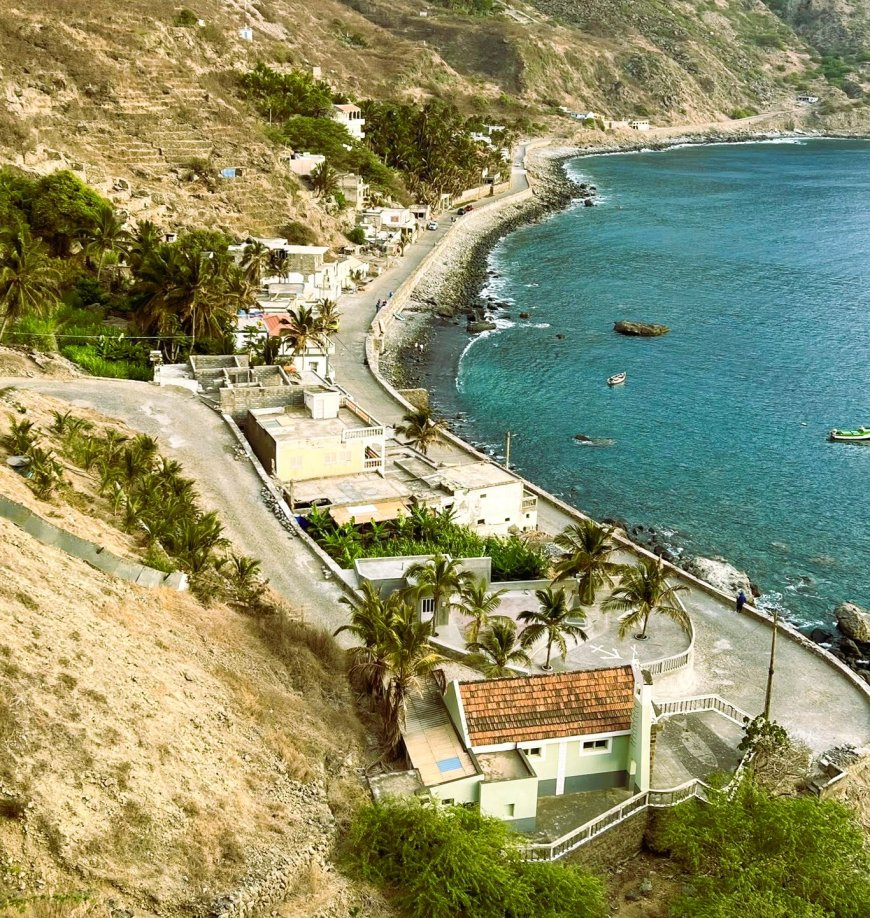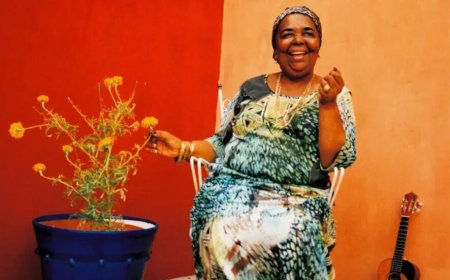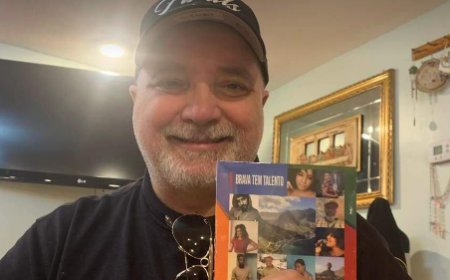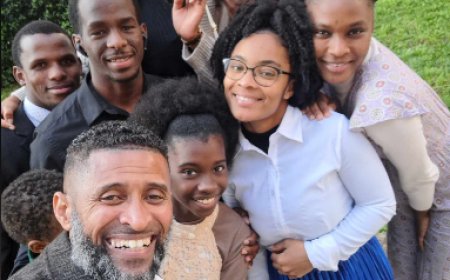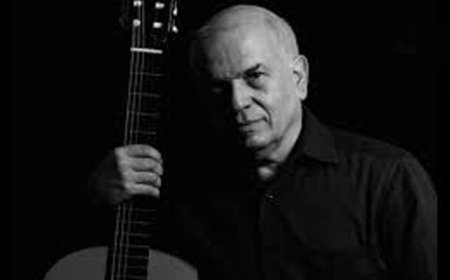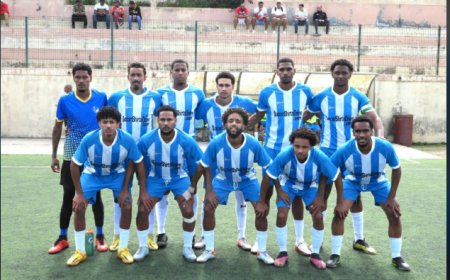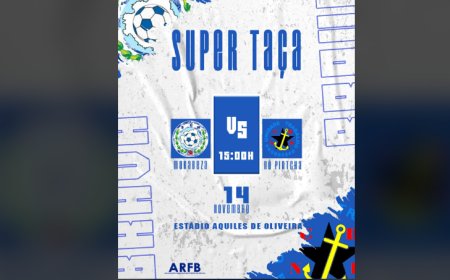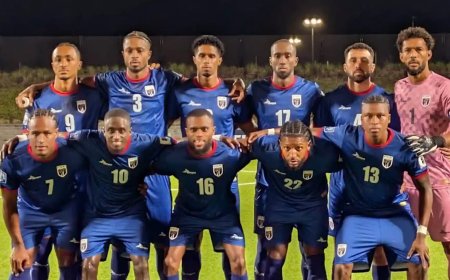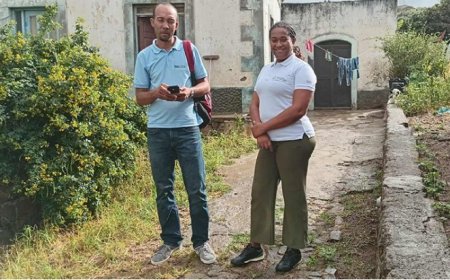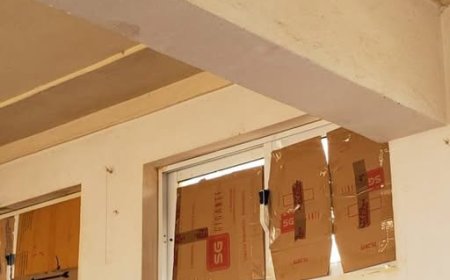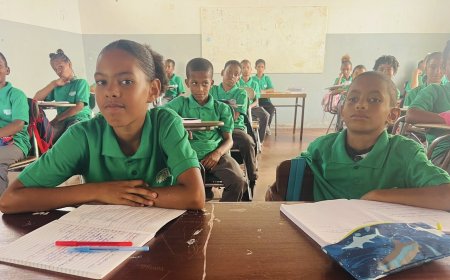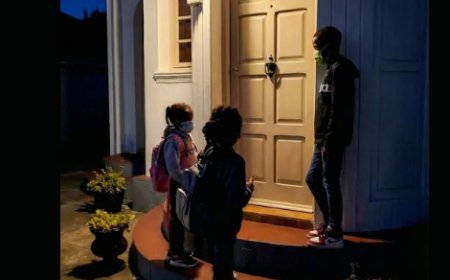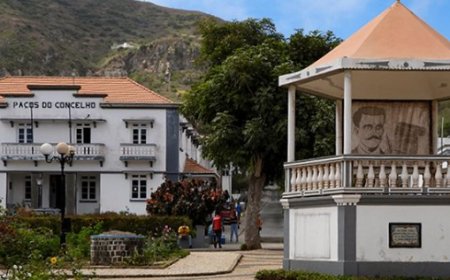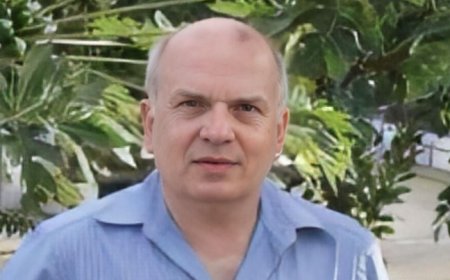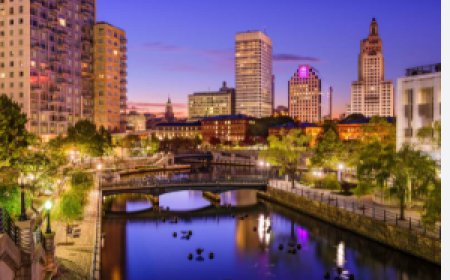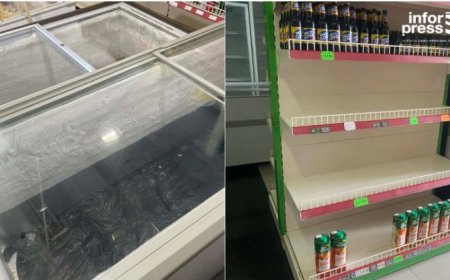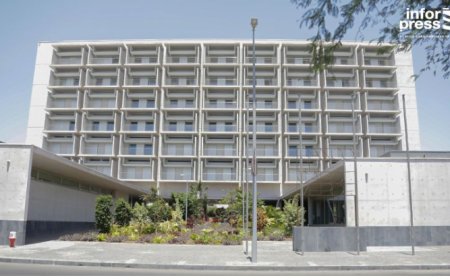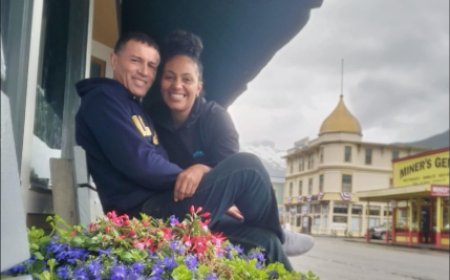Five Islands, One Story: The Rediscovery of Cape Verde by an Emigrant Family
After almost three decades away from their homeland, a Cape Verdean family living in the United States took a two-week trip to five Cape Verde islands - Santiago, Fogo, Brava, São Vicente and Santo Antão. The experience was marked by exciting reunions, cultural discoveries, logistical challenges and reflections on the country's development and tourism potential.
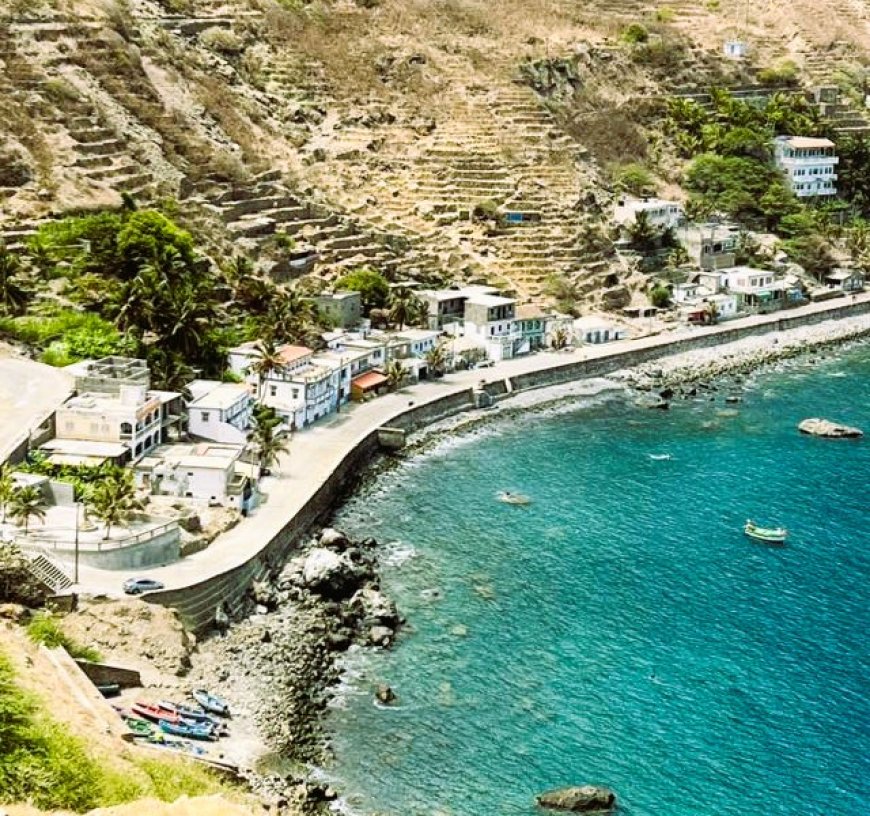
A Cape Verdean family living in the United States returned to the archipelago after almost three decades away from their homeland. The trip, planned to last two weeks, included visits to five islands - Santiago, Fogo, Brava, São Vicente and Santo Antão - and its main objective was to introduce their children, who were born abroad, to the landscapes, customs and reality of contemporary Cape Verde. Between exciting reunions, cultural discoveries and some logistical challenges, the experience proved to be profoundly remarkable.
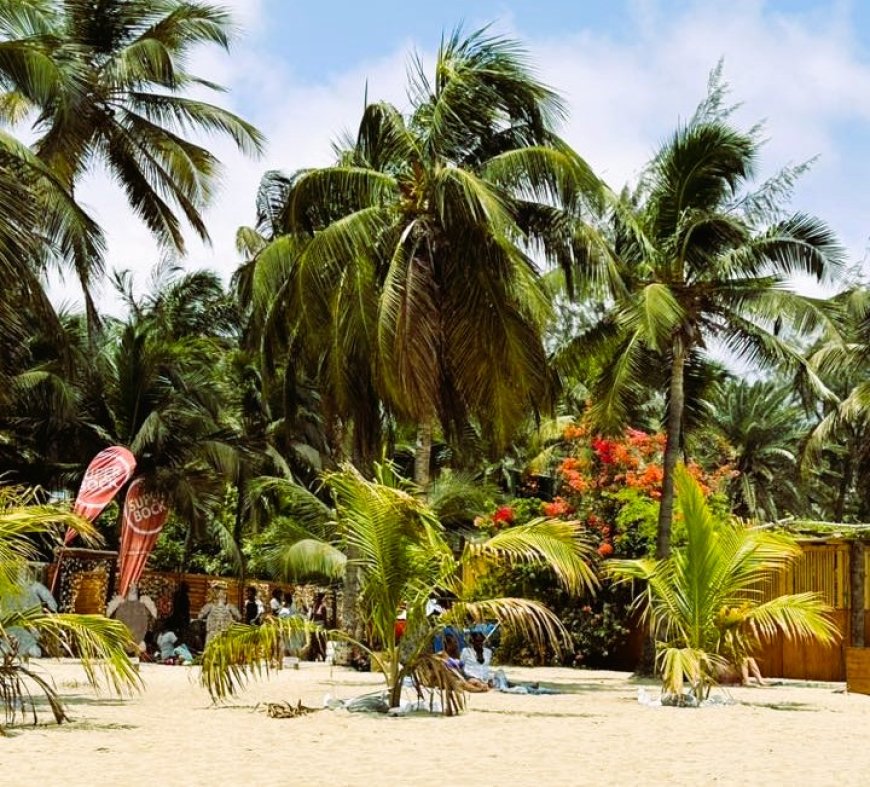
The starting point was the island of Santiago, where the urban diversity of Praia set the tone for the trip. Despite the reputation for insecurity in some areas, the family felt at ease exploring neighborhoods like Palmarejo, Kebra Kanela and other central areas. Restaurants such as Djeu Residencial, with live music and a welcoming atmosphere, and Kaza Branka, with excellent cuisine, marked their stay in the capital positively. On their way to Cidade Velha, a visit to the São Filipe Fortress gave the children a real history lesson, sparking reflections on the colonial past. Tarrafal, with its well-kept beaches and relaxed tourist atmosphere, brought a lighter, more informal energy. On the way, a strategic stop in Assomada allowed us to experience the authenticity of the local market and the friendliness of the roadside vendors, bringing the family even closer to everyday life in Cape Verde.
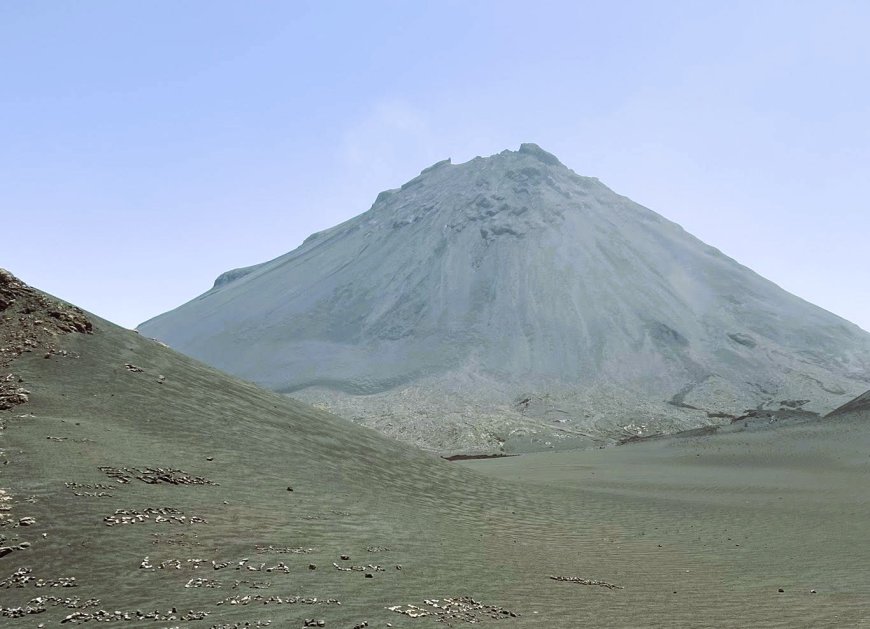
With a totally different landscape, the island of Fogo presented itself as an unexpected contrast. Easily accessible via regular flights to São Filipe, the town itself surprised with its almost silent tranquillity. Despite this, the bright colors of the houses brought the urban setting to life. The journey to Chã das Caldeiras proved to be a challenge, with poorly maintained roads and no side protection, especially on the route from São Filipe. In contrast, access via Mosteiros showed better infrastructure. Visits to the volcanic caldera and the black sand beaches offered breathtaking scenery, although the locals made little use of it due to the danger of the sea. An unforeseen incident with the ferry forced a change of plans, prolonging the stay on the island - a situation that highlighted the weaknesses of the inter-island transportation system. Even so, the presence of numerous investments from the diaspora, such as modern homes and small businesses, highlighted the growing economic dynamism of the region.
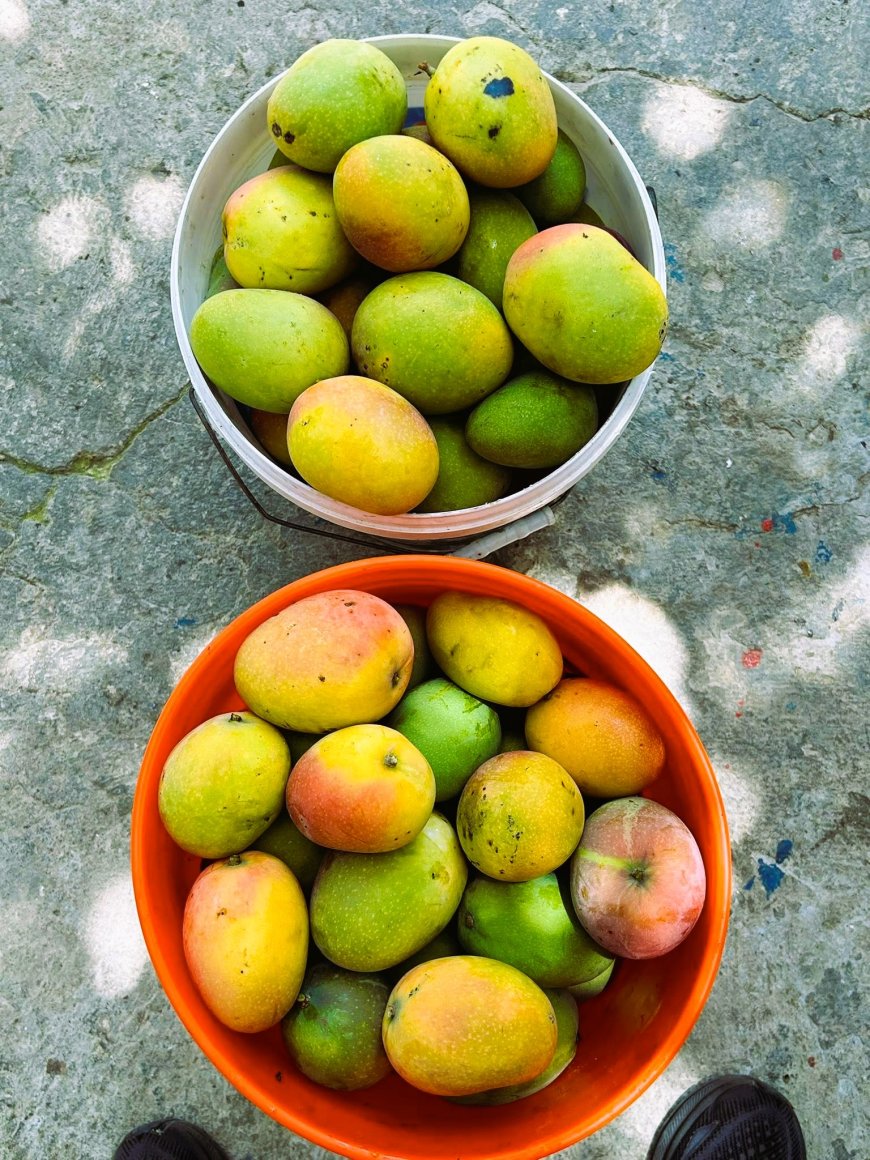
The arrival on Brava, where his parents were born, had a unique emotional weight. Unlike the other islands, they stayed with family members, which reinforced the intimacy of the experience. The family visited places like Vila Nova Sintra, Fajã d'Água, Ferreiros and Nossa Senhora do Monte, choosing to explore the island with the support of a local driver. The combination of walks, such as the route to Esparadinha and the ascent to Fontainha, with vehicle journeys, allowed for a balance between immersion and efficiency. Simple moments, such as picking mangoes and coconuts straight from the field, left lasting memories for the children. However, the island also exposed serious limitations: the lack of water, which had been going on for days, and the almost absolute dependence on a ferry that only appeared twice during the entire stay. An early departure was necessary and was only possible thanks to the direct intervention of the local head of the shipping company.
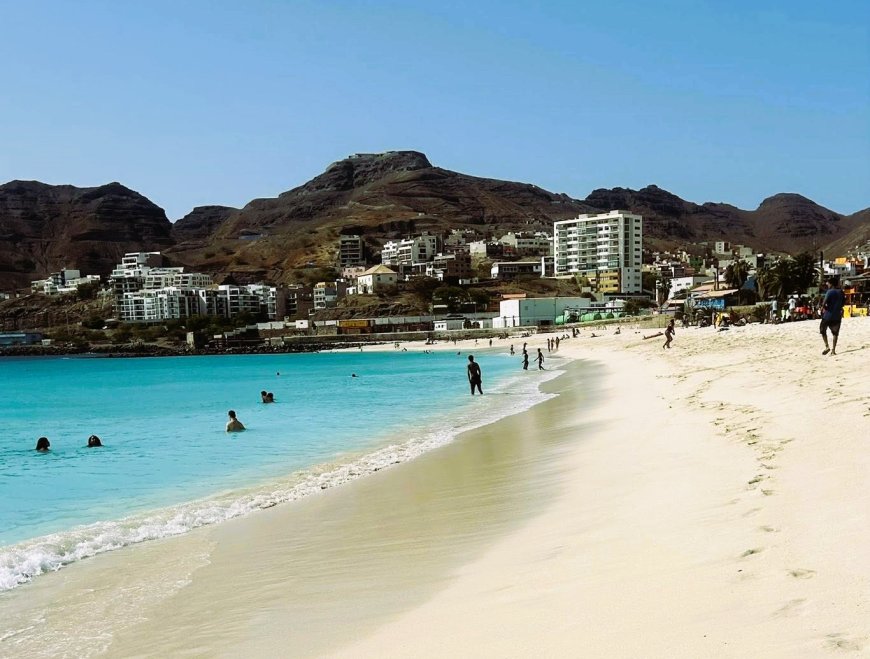
The itinerary continued to São Vicente, where the arrival in the city of Mindelo marked a turning point in the style of the trip. With a cosmopolitan atmosphere, the city was reminiscent of European coastal destinations, with a busy marina, active nightlife and well-rated restaurants. The family rented a car to visit places like Monte Verde, Baía das Gatas, Salamansa, Calhau and the surprising underground attraction Doze Voltas. Laginha Beach, praised for its clear, calm waters, was considered the best of the whole trip. The stay at Hotel Ouril reinforced the good impression, both for the service and the free breakfast. An unexpected reunion with compatriots from the United States made the experience even more special. However, São Vicente was also the scene of constant approaches on the streets by young people asking for money or trying to start conversations with ulterior motives - something that was not repeated on other islands. Situations like these sent out a warning signal about the pressure of tourism and the city's social challenges.
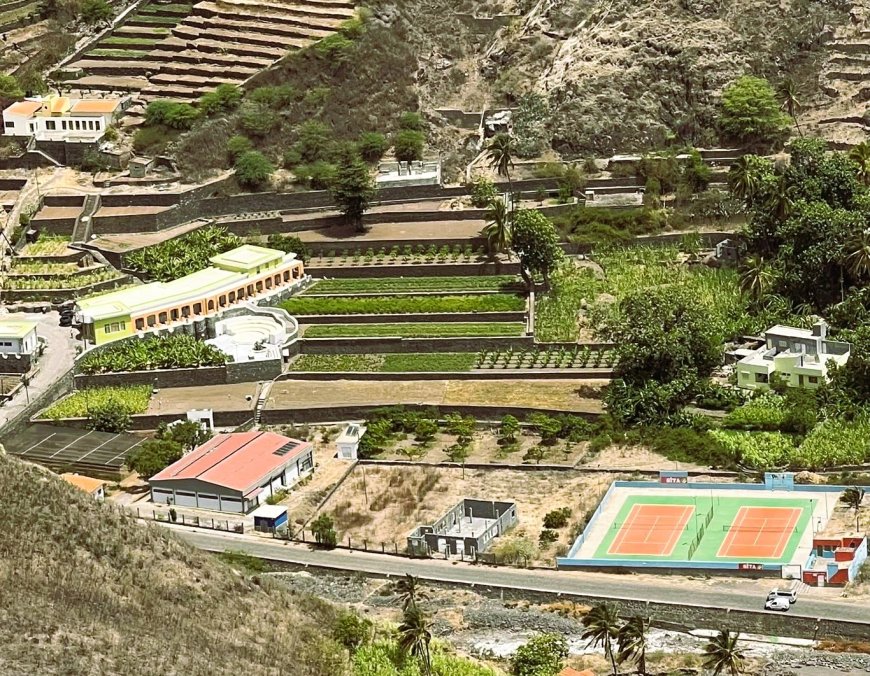
At the end of the journey, Santo Antão turned out to be one of the biggest surprises. With its imposing mountains, deep valleys and panoramic roads, the island offered a new view of the archipelago. Again with a rental car, the family visited places like Paul, Ribeira Grande, Delgadinho and Porto Novo, as well as a volcanic crater. Contrary to what is often said about the risks of driving on the island, the cobbled roads, with protective walls, were safe. Staying at the RM Green Hotel, high up on the mountain, required an effort to access, which was rewarded by breathtaking views and tranquillity. In more urban areas, they noticed the presence of homeless people, with frequent requests for help, which required occasional intervention from local traders.
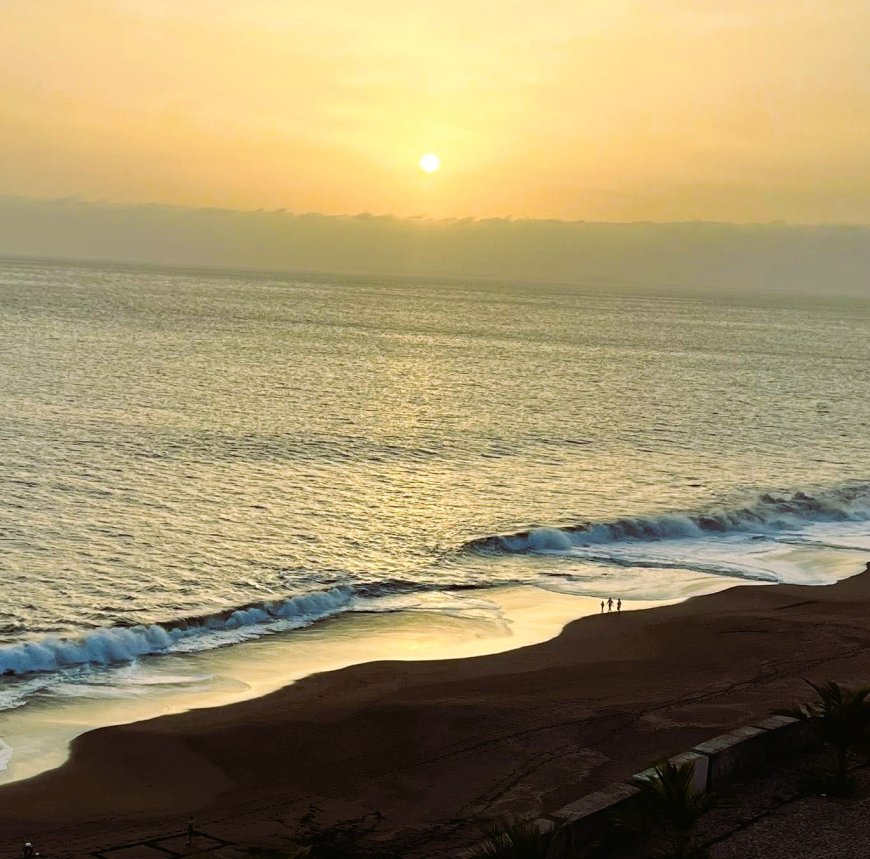
On balance, the trip was experienced as an opportunity to reconnect with roots, appreciate culture and understand the contrasting realities between the islands. More than a tourist itinerary, it was an experience of learning and family sharing. The hospitality of the Cape Verdean people, the exuberant natural beauty and the reunions with our origins left a deep impression. With promises to return and a desire to explore the remaining islands, the family ended the journey with full hearts and ties to Cape Verde stronger than ever.
